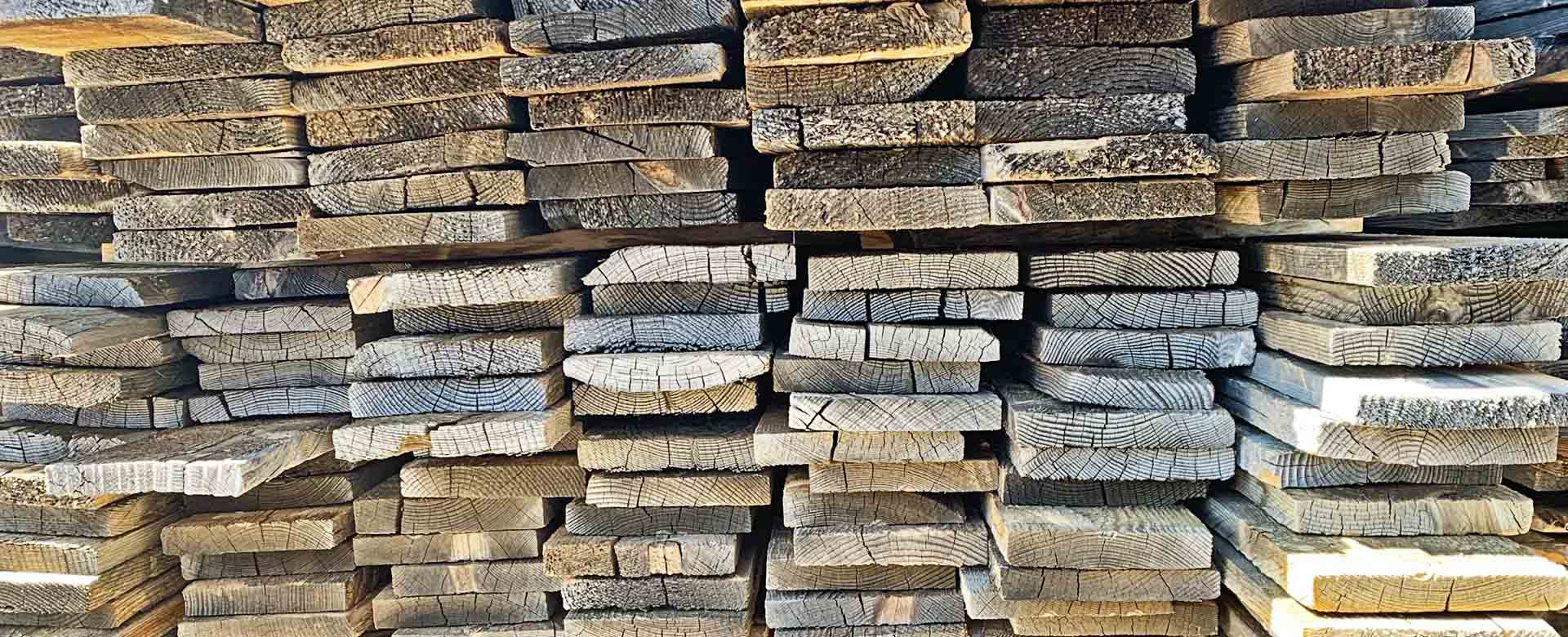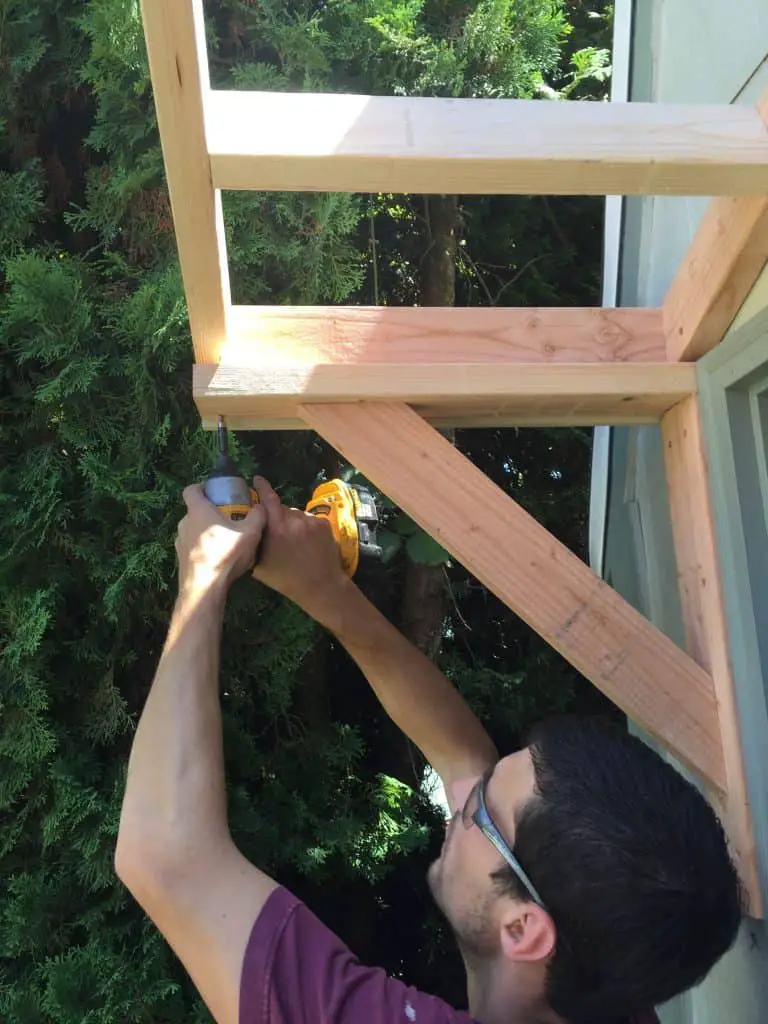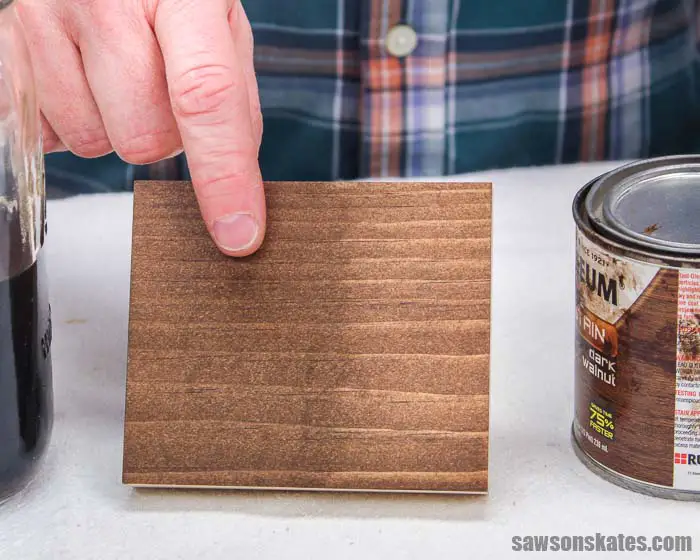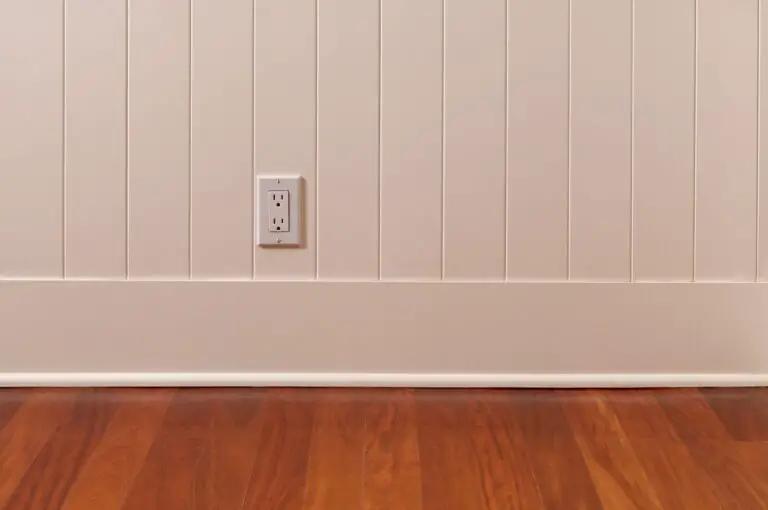What Nails to Use for Wood Siding : Ultimate Guide for Durable Installation
When it comes to installing wood siding, choosing the right nails is crucial for ensuring a durable and long-lasting installation. The type and size of nails you use can impact the overall appearance, stability, and weather resistance of the siding. In this guide, we will discuss the different types of nails suitable for wood siding and the factors to consider when selecting the appropriate nails for your siding project.
Types of Nails for Wood Siding
Before delving into the specific types of nails, it’s important to understand that stainless steel, aluminum, and hot-dipped galvanized nails are the most suitable options for wood siding. These materials are corrosion-resistant, which is essential for withstanding moisture and environmental elements that wood siding is exposed to.
Common Nails
Common nails, also known as smooth-shank nails, are the traditional choice for wood siding installation. These nails have a smooth surface and a larger shank diameter, providing good holding power. They are suitable for most wood siding materials, including cedar, pine, and engineered wood.
Ring-shank Nails
Ring-shank nails are designed with a series of concentric ridges around the shank, providing enhanced withdrawal resistance. These nails are highly suitable for high-wind areas and for siding materials prone to expansion and contraction, such as cedar. The textured surface of ring-shank nails creates a tighter grip within the wood, reducing the chances of the siding coming loose over time.
Stainless Steel Nails
Stainless steel nails are the pinnacle of corrosion resistance and are ideal for coastal areas or regions with high humidity. They are particularly effective for cedar and redwood siding, as these wood species contain natural tannins that can react with other metals, causing staining and deterioration.
Hot-dipped Galvanized Nails
Hot-dipped galvanized nails are coated with a layer of molten zinc, providing excellent rust resistance. These nails are suitable for most wood siding applications and are a cost-effective choice for projects where stainless steel nails may be overkill.

Credit: centennialwoods.com
Factors to Consider When Choosing Nails
When selecting nails for wood siding, there are several factors to take into account to ensure a successful and enduring installation:
Wood Species
The type of wood siding you are installing will influence the choice of nails. For example, cedar and redwood require corrosion-resistant nails due to their natural oils and tannins, while softer woods like pine may be compatible with a wider range of nails.
Environmental Conditions
Consider the climate and weather conditions in your area. If you live in a coastal region or an area with high humidity, stainless steel or hot-dipped galvanized nails are essential to prevent corrosion and rust. In areas prone to high winds, ring-shank nails provide added security against siding detachment.
Siding Profile And Thickness
The profile and thickness of the wood siding should also influence your nail choice. Thicker and heavier siding will require longer and sturdier nails to ensure proper attachment and stability. Additionally, the profile of the siding (e.g., lap, panel, or shingle) may dictate the nail spacing and configuration required for a secure installation.
Recommended Nails by Siding Type
Here’s a quick reference guide for the recommended nails based on the most common types of wood siding:
| Wood Siding Type | Recommended Nails |
|---|---|
| Cedar Shingles | Stainless steel or hot-dipped galvanized ring-shank nails |
| Clapboard Siding | Hot-dipped galvanized or stainless steel nails |
| Tongue and Groove Siding | Stainless steel or hot-dipped galvanized nails |
Best Practices for Nailing Wood Siding
Regardless of the type of nails you choose, following best practices for nailing wood siding is essential for a professional and long-lasting installation:
- Pre-drilling: For hardwood siding or areas near edges, pre-drilling pilot holes can prevent splitting and ensure precise nail placement.
- Spacing: Follow manufacturer recommendations for nail spacing based on the specific wood siding product being installed to ensure structural integrity and prevent warping.
- Nail Placement: Drive nails at the top edge of the siding to allow for natural expansion and contraction without buckling or splitting.
- Fastener Length: Use the appropriate length of nails to penetrate the sheathing or studs beneath the siding for secure attachment.
Frequently Asked Questions For What Nails To Use For Wood Siding : Ultimate Guide For Durable Installation
What Nails Should I Use For Wood Siding?
For wood siding, use corrosion-resistant nails like hot-dipped galvanized or stainless steel nails.
Can I Use Regular Nails For Wood Siding?
Regular nails are not suitable for wood siding as they may corrode and damage the siding.
What Length Of Nails Should I Use For Wood Siding?
Use 2 to 3 inches long nails for wood siding to ensure proper penetration and stability.
Should I Use Ring-shank Nails For Wood Siding?
Yes, ring-shank nails are recommended for wood siding as they provide better holding power.
Conclusion
Choosing the right nails for wood siding is a critical step in ensuring the longevity and performance of your siding installation. By considering the wood species, environmental conditions, siding profile, and recommended best practices, you can select the most suitable nails for your specific project. Whether it’s common nails for traditional siding or stainless steel ring-shank nails for coastal applications, investing in high-quality nails will contribute to a professional and resilient wood siding installation.





